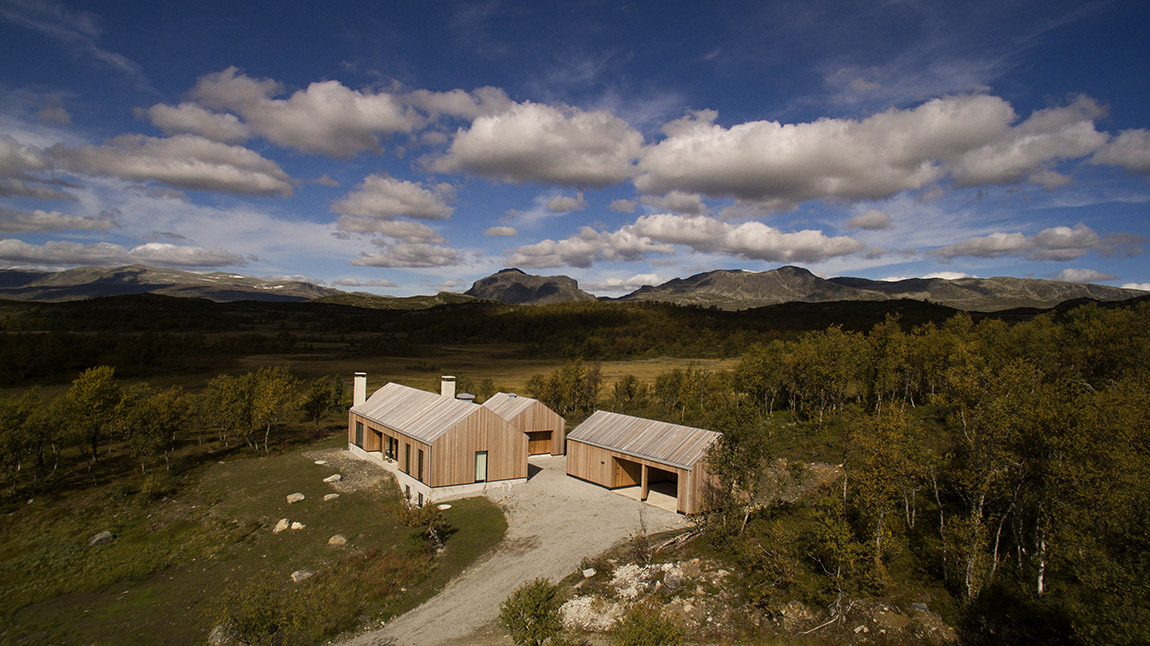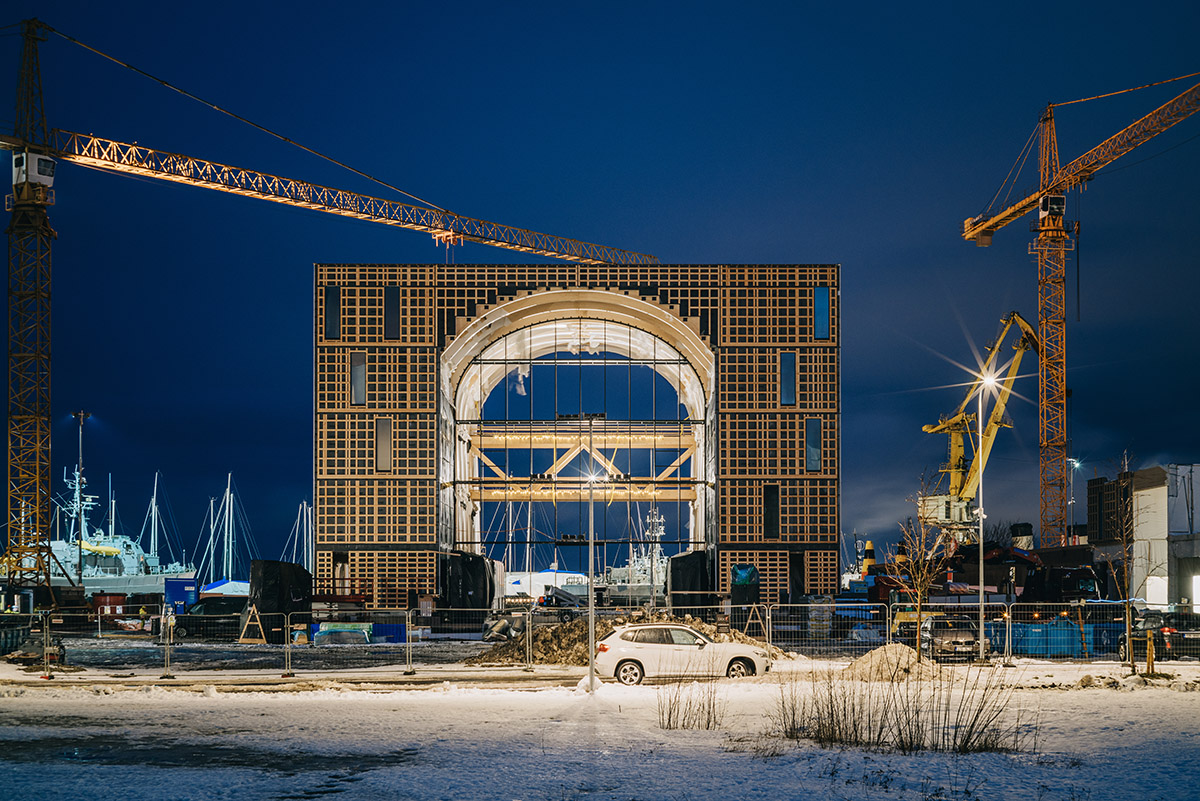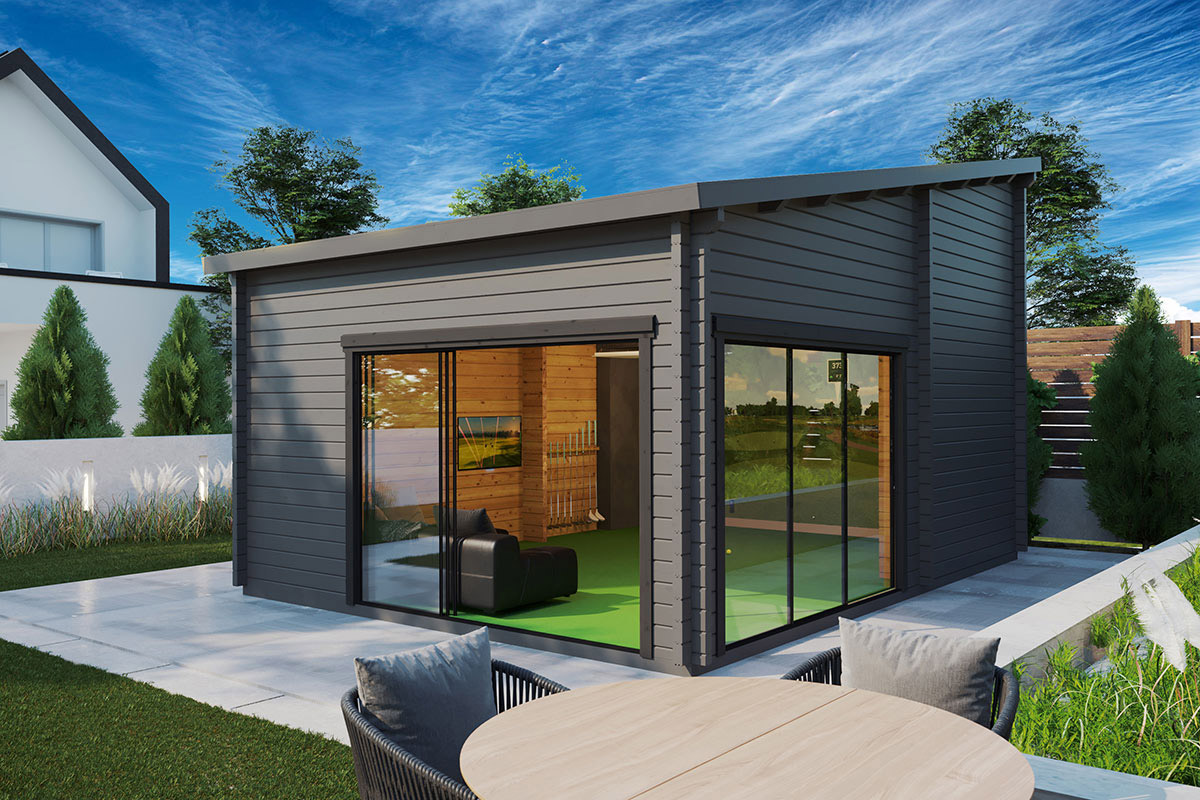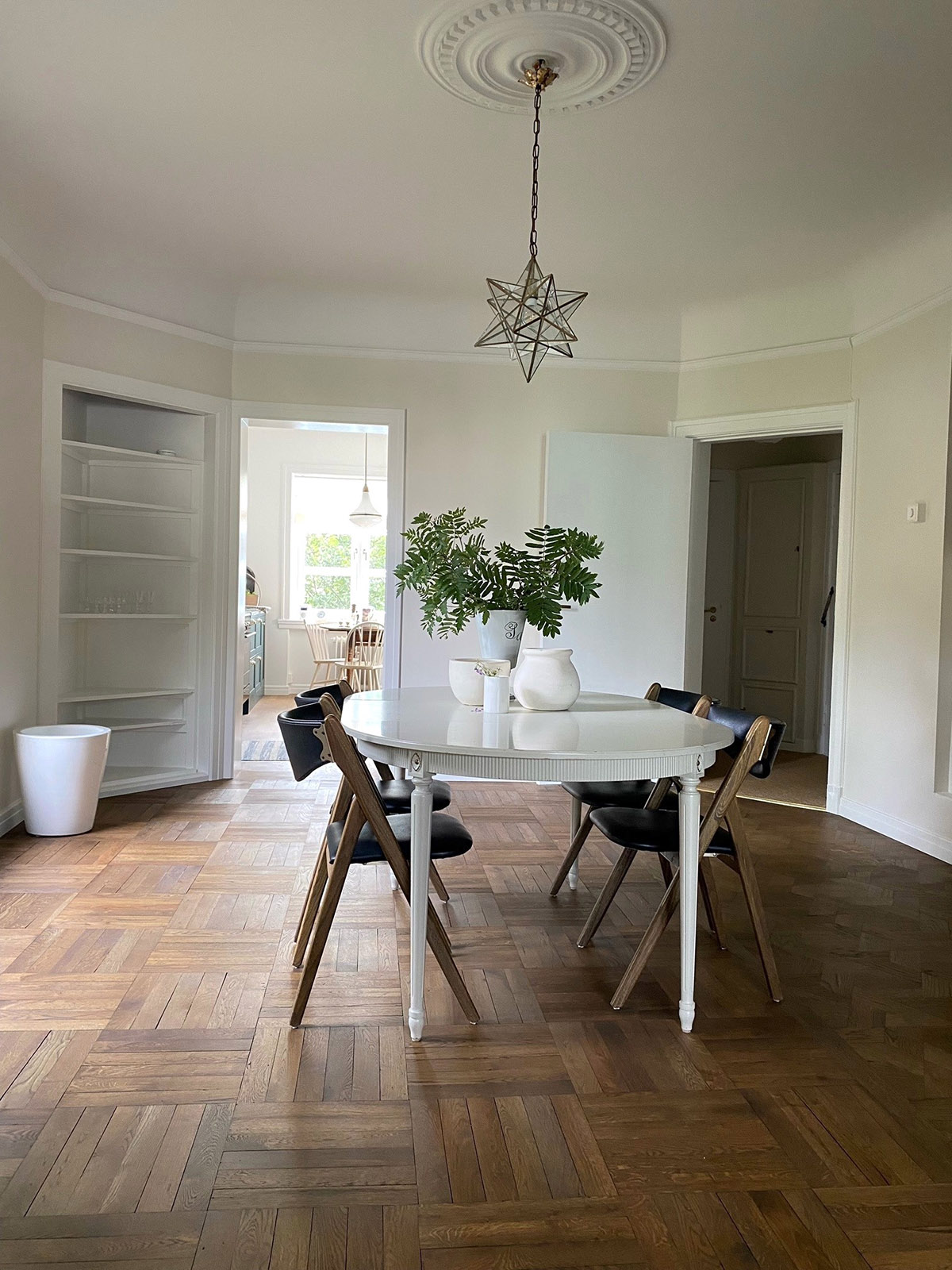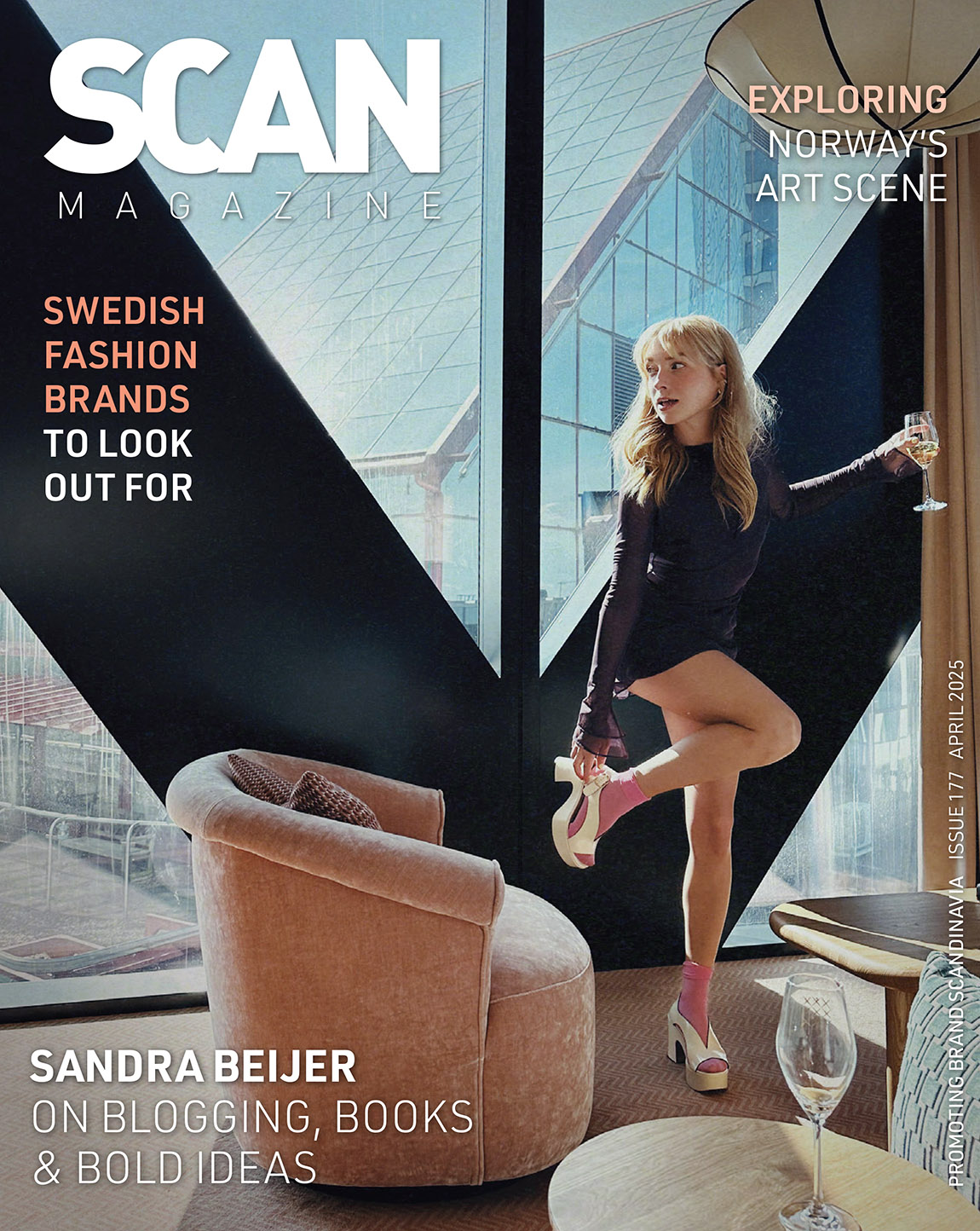KALK: Fifteen hundred shades of lime
Text: Signe Hansen | Photos © Kalk
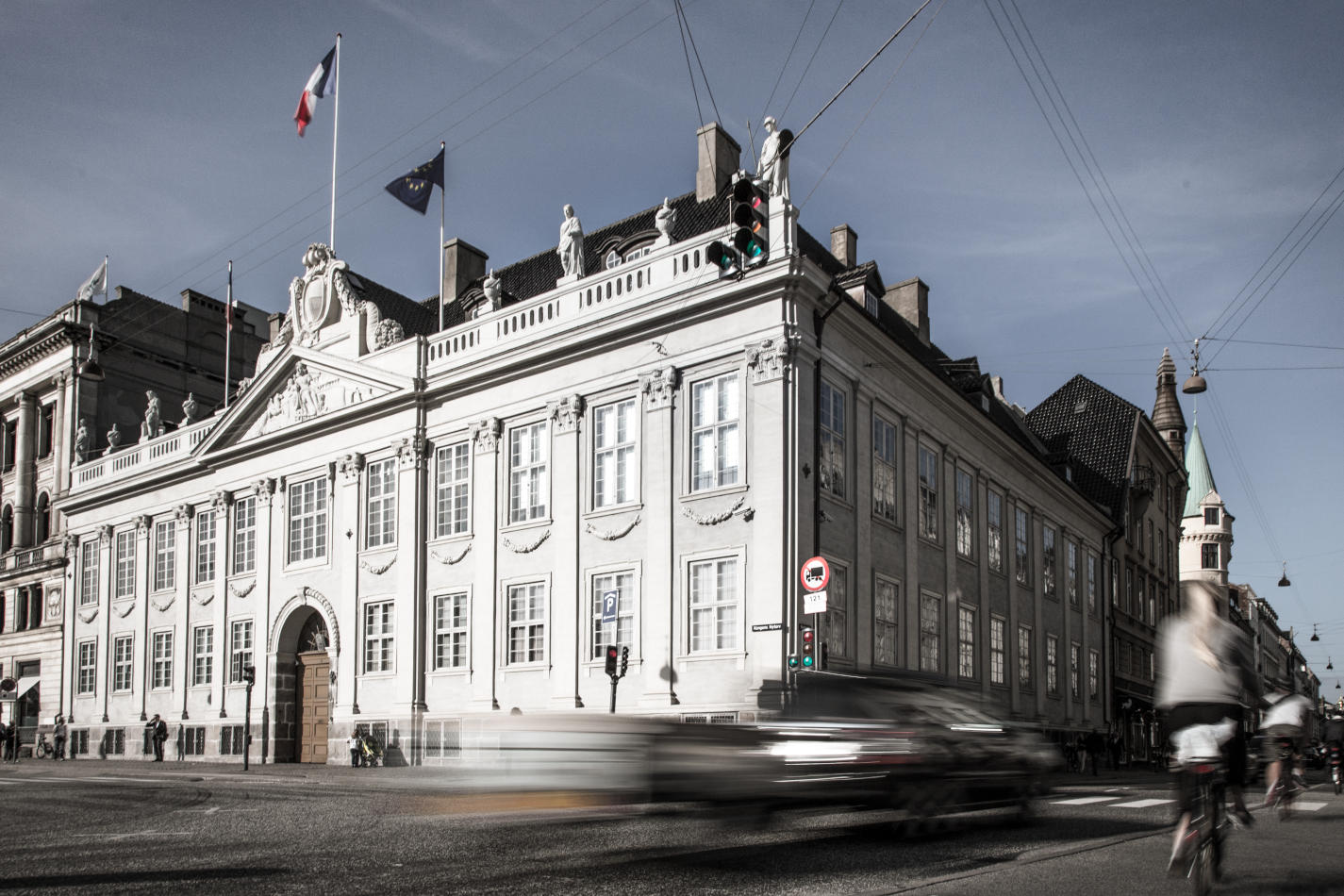
For many years, lime mortar has been considered a building material of the past, something used almost exclusively for renovations of historic buildings. But the ancient material has many advantages for modern products: it is flexible, sustainable, easily recyclable and promotes a healthy indoor environment. This is why Danish mortar specialist KALK is passionate about reintroducing lime mortar to the construction world of today.
KALK and its lime products have been pivotal to the renovation of some of Denmark’s most iconic historic buildings, including Amalienborg and Kronborg. Owner and manager Rasmus Jørgensen believes that the time has now come to take advantage of lime’s many distinctive qualities in new constructions. “Renovation has been our niche for many years, but we are now entering a new phase where we are looking at transferring lime mortar’s original qualities into today’s way of constructing. When, in the late 20th century, lime mortar was replaced by other materials it was because, at that time, it was all about speed and height. When building like that in complete brick walls, lime mortar was not the best choice. But today, almost all buildings are created with a supporting concrete wall, insulation and then a brick facing and, in that kind of construction, lime mortar has many advantages. For one, it creates a more flexible masonry that will cooperate with the rest of the house. This means that the mortar joint is able to adapt to shifting ground or other changing conditions, which will make it easier to avoid cracks in the adherence zone as well as in the plastering. It becomes a more sustainable building, and lime mortar makes it possible to separate bricks and mortar and reuse both if and when the building has to be deconstructed.”
Another advantage of lime is that it creates a masonry with a breathable wall that will allow moisture to freely move through it and evaporate from its surface. This in turn creates a house with a self-regulating indoor environment and fewer problems with moisture and mold.

Lime enthusiasts
Rasmus Jørgensen is the second generation of the Jørgensen family to run KALK. The company was founded by his father, Michael Kjøng Jørgensen, in 1976 after he, during the renovation of the local church, realised that traditional high-quality lime-based products were being forgotten. With KALK, he reintroduced the Scandinavian market to lime slaked in the traditional, natural way and stored in pits. With this also came the introduction of many other products for renovation, such as hydraulic lime, pure earth colours and good suitable sand. “I remember how, when I was a boy, I used to hide in the car when my dad stopped at an old church to go examine the mortar. But today I’m the one who is doing that and embarrassing my children. A lot of people might think, ‘how hard can it be?’ It’s just lime and sand – but it is really a very extensive field and once you start getting into it you become a bit obsessed,” says Rasmussen, explaining that this is why one of his mortars is named after one of history’s first lime mortar enthusiasts, Vitruvius, an architect for Caesar.
KALK, which is located in Heddinge, currently manufactures a wide range of lime products for plastering, pointing and bricklaying, as well as a selection of no less than 1,500 colours of lime for whitewashing.
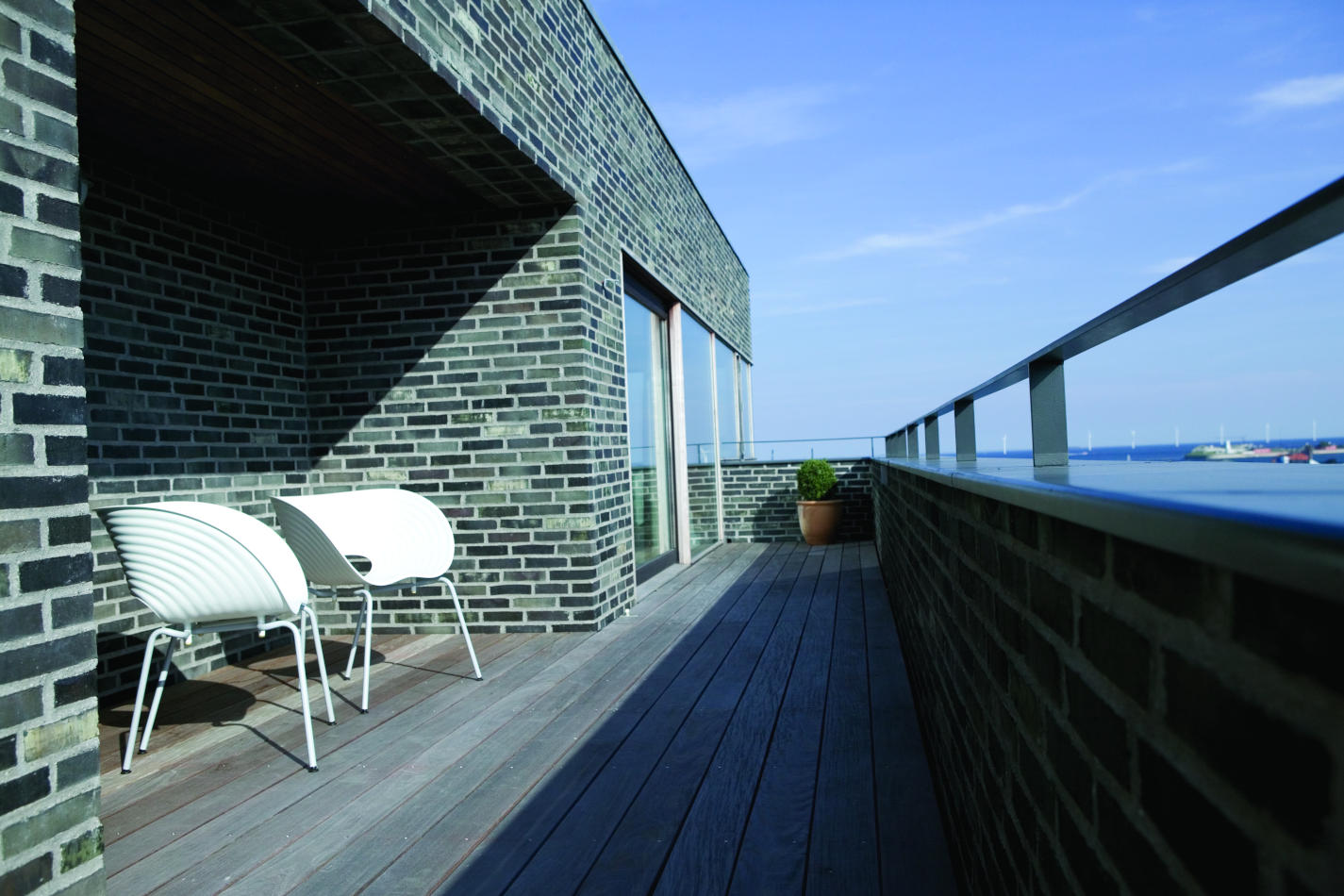
Cradle 2 Cradle
As KALK’s products are based on lime, which is a raw material, some of the components are biodegradable and therefore already part of the biological circuit through which they can be returned to nature. But KALK wants to do even more: to make lime mortar constructions a sustainable choice, the company has become the world’s first Cradle 2 Cradle (C2C) certified supplier of lime products. “We want to contribute to changing the throwaway culture that the construction industry is currently in. Therefore, we have increased our focus on sustainability and gone one step further and had our entire product line C2C certified. With a C2C certification of our products we can document all constituent parts of them, making it easier to recycle them,” says Jørgensen. “Our vision is for the products to become part of a technical cycle where they are renovated, reused or improved, so that they can be incorporated into new products. This way, there’s no need to take in as much of the lime in the subsoil. We hope to close this resource circuit by year 2030 so that all of the products used in masonry construction can be reused. That way, the lime can become part of a never-ending cycle, where the raw materials maintain the quality and create value far beyond the individual product’s lifetime.”
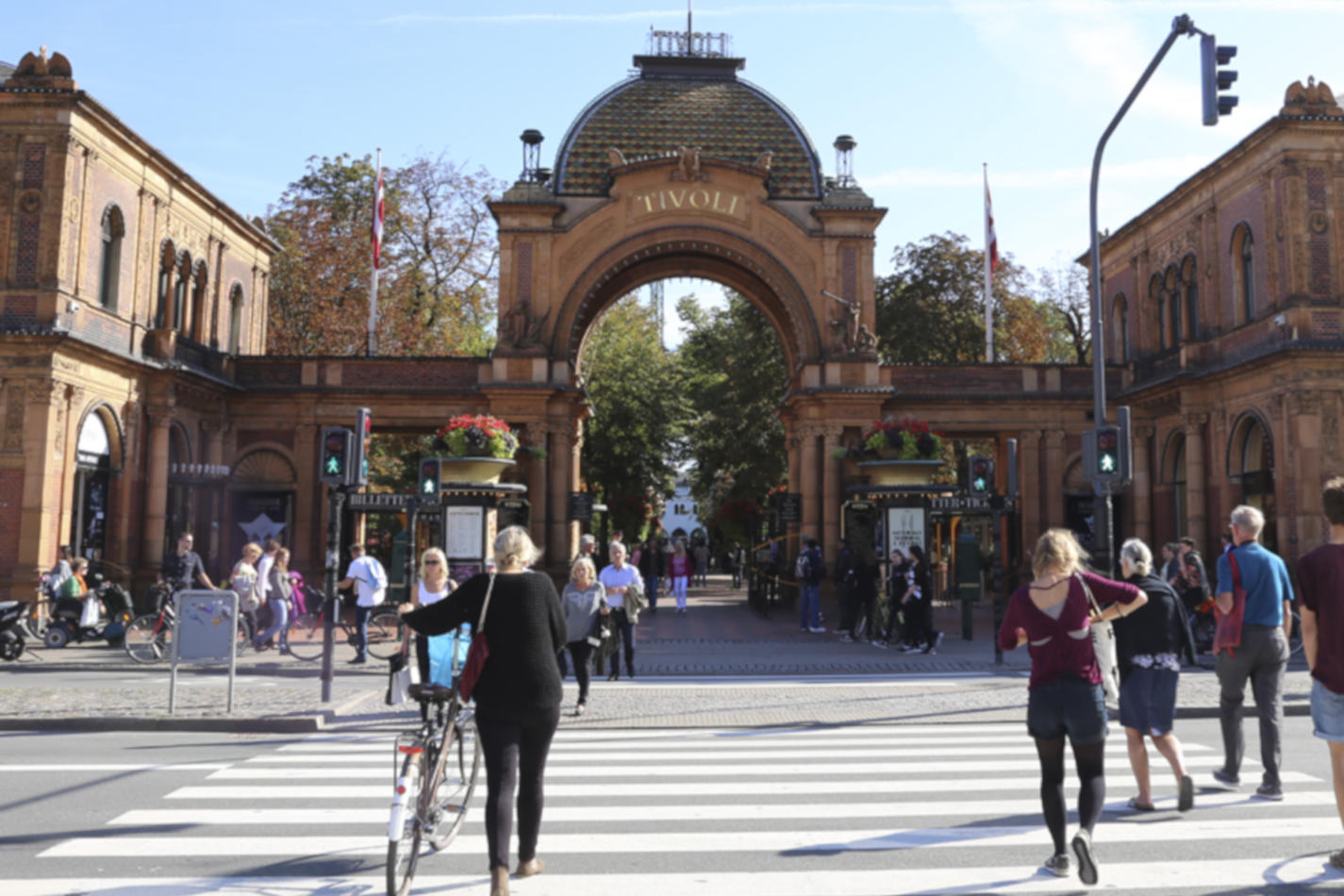
Subscribe to Our Newsletter
Receive our monthly newsletter by email

